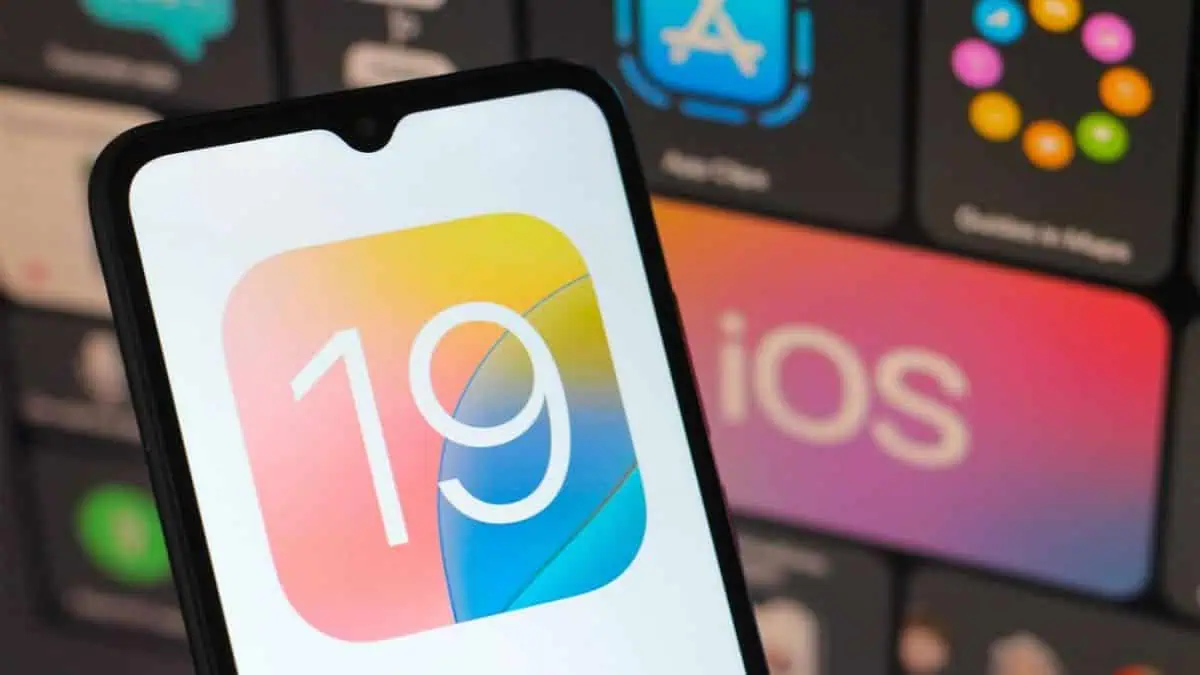When the iPhone 17 series launches later this year, you can expect it to ship with iOS 19 out of the box. Alongside that, Apple is expected to cut off support for a few older iPhones, so if you’re using an older device, now’s the time to pay attention.
A leak from a private account on X, discovered by MacRumors, claims to reveal which models will support iOS 19. This same source accurately nailed the iOS 18 compatibility list last year, so there’s reason to take it seriously. Here’s what we know!
iPhone Models Getting iOS 19, And Those That Won’t
These are the iPhones that will reportedly get the update:
- iPhone SE (2nd generation)
- iPhone SE (3rd generation)
- iPhone 11
- iPhone 11 Pro
- iPhone 11 Pro Max
- iPhone 12 mini
- iPhone 12
- iPhone 12 Pro
- iPhone 12 Pro Max
- iPhone 13 mini
- iPhone 13
- iPhone 13 Pro
- iPhone 13 Pro Max
- iPhone 14
- iPhone 14 Plus
- iPhone 14 Pro
- iPhone 14 Pro Max
- iPhone 15
- iPhone 15 Plus
- iPhone 15 Pro
- iPhone 15 Pro Max
- iPhone 16e
- iPhone 16
- iPhone 16 Plus
- iPhone 16 Pro
- iPhone 16 Pro Max
- The upcoming iPhone 17 lineup, launching this fall
These are the ones that will be dropped:
- iPhone XR
- iPhone XS
- iPhone XS Max
If you’re using one of these older models, you’ll remain stuck on iOS 18 (or earlier). You’ll still get some app support for a while, but don’t expect security updates for long.
Why These iPhones Are Getting Dropped
From a technical perspective, it comes down to performance headroom and Apple Intelligence. Apple’s upcoming iOS 19 release is expected to emphasize tighter integration with AI-powered features, health tracking upgrades, and UI consistency across platforms. Many of these enhancements require newer chips and more RAM than what’s available in the A12 Bionic (used in XR, XS, and XS Max).
In contrast, the iPhone 11 and later are powered by A13 Bionic or newer, and that’s where Apple seems to be drawing the line for baseline performance. This also lines up with Apple’s typical 5- to 6-year support window.
Also, the 2nd and 3rd gen iPhone SE are likely safe. The SE (2020) uses the same A13 chip as the iPhone 11, so it’s technically capable of handling the new OS. But you should expect it to be on the chopping block for iOS 20 or 21, depending on Apple’s hardware priorities.
iOS 19 Feature Compatibility Is Another Story
Just because your iPhone will get iOS 19 doesn’t mean it will get all the features.
Apple Intelligence, the umbrella term for Apple’s generative AI and on-device intelligence tools, will only work on the following models:
- iPhone 15 Pro
- iPhone 15 Pro Max
- iPhone 16 and 16 Pro/Pro Max
- iPhone 17 lineup (launching Fall 2025)
If you’re not using one of those models, don’t expect AI-based features like enhanced Siri responses, context-aware suggestions, or offline summarization. Apple is locking these behind its 3nm chips (A17 Pro and beyond) due to processing and memory requirements.
When Will iOS 19 Be Released?
Apple will preview iOS 19 at WWDC 2025 in June. The Developer Beta release will go live shortly after the keynote, followed by a public beta in July. The official release will coincide with the iPhone 17 launch in September 2025.
Here’s the expected timeline:
- June 10, 2025: iOS 19 announced at WWDC
- June 10+ (same day): Developer Beta 1
- July 2025: Public Beta 1
- September 2025: Final release alongside iPhone 17
If you’re planning to test the beta, make sure to back up your device, especially if it’s your daily driver.
What To Do If Your iPhone Isn’t Supported
If your iPhone XR, XS, or XS Max won’t support iOS 19, you’ve got three options. First, you can stick with iOS 18 but expect to lose features and security updates over time. Second, consider upgrading to a newer iPhone (models like the iPhone 15, 16, or 17) will offer better performance, longer support, and full access to Apple Intelligence.
Third, trade in your device. Apple and major carriers often give solid credit for phones in good shape. Just don’t wait too long. Once Apple stops security patches, apps relying on newer features will gradually stop working or updating.


